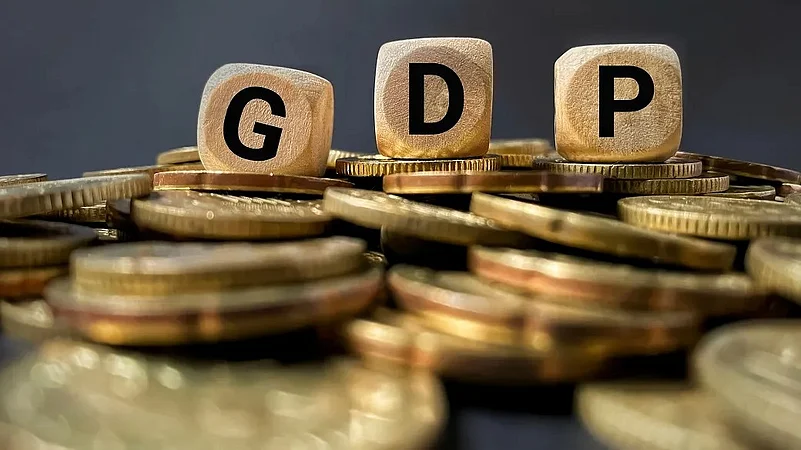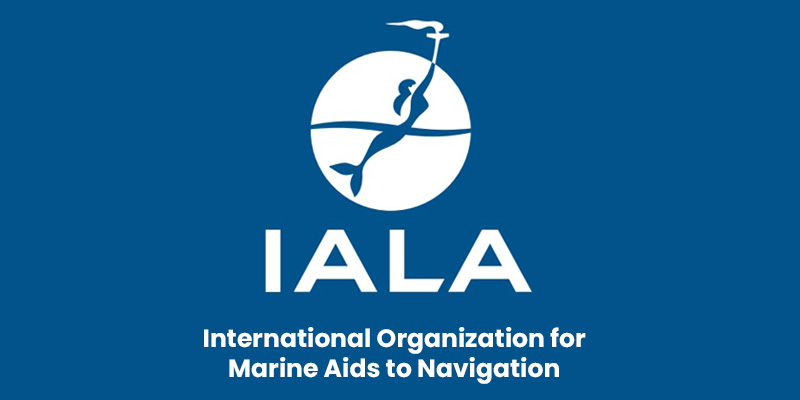Font size:
Print
India’s Petroleum Industry
Context:
India’s petroleum industry is a cornerstone of the nation’s energy security, driving economic activities while making substantial contributions to both domestic growth and export markets.
Overview
- India’s petroleum industry encompasses all activities related to petroleum exploration, production, refining, distribution, and marketing. This includes:
- Upstream: Extraction of crude oil and natural gas.
- Midstream: Transportation and storage of petroleum products.
- Downstream: Refining and distribution of fuels like petrol, diesel, LPG, and kerosene.Currently, India has 19 public-sector, 3 private-sector, and 1 joint venture refinery. The country’s refining capacity has increased from 215.066 MMTPA in 2014 to 256.816 MMTPA in 2024.
- India’s Petroleum Reserves:
-
- Recoverable Crude Oil Reserves: 651.8 million metric tons.
- Recoverable Natural Gas Reserves: 1,138.6 billion cubic meters.
- India is set to become the largest source of global oil demand growth by 2030, according to the IEA.
History and Evolution
- The first oil well in India was drilled in 1867 in Digboi, Assam, marking the start of exploration and production.
- The Indian Oil Corporation was founded in 1959 to refine and distribute petroleum products.In the 1990s, liberalisation attracted foreign and private investments, transforming the industry. The establishment of refineries like Jamnagar Refinery in Gujarat made India an Asian refining hub.
Recent Developments
Global Standing
- Exporter of Refined Products: 7th globally.
- Ethanol Blending in Petrol: 2nd globally.
- Biofuel Producer: 3rd globally.
- LNG Terminal Capacity: 4th globally.
- Refining Capacity: 4th globally.
- Exploration Acreage: India aims to increase exploration acreage to 1 million square kilometers by 2030, with a 16% increase expected in 2025.
- LPG Prices: Domestic LPG cylinder prices in India are among the lowest globally, priced at Rs. 803 per 14.2 kg cylinder. For PMUY (Pradhan Mantri Ujjwala Yojana) households, the effective price is Rs. 503 after a subsidy.
- Approval Process: The approval process for exploration and production has been simplified, cutting down from 37 processes to 18, with 9 eligible for self-certification.
- Oilfields Bill: The Oilfields (Regulation and Development) Amendment Bill was passed in December 2024, ensuring stability for oil and gas producers and enabling a single license for all hydrocarbons.
Foreign Trade and Exports
- India has become a major player in the global petroleum export market, with key export destinations in South Asia, Africa, and Europe.
- India’s refining capacity exceeds 250 MMTPA, and it is the 7th largest exporter of refined petroleum products.
- The government’s push for export-oriented growth and the establishment of Special Economic Zones (SEZs) for refineries has helped fuel this trend, contributing to foreign exchange reserves and bolstering India’s position as a global energy supplier.
Contribution to GDP
- The Gross Value Added (GVA) from manufacturing coke and refined petroleum products increased from ₹1.56 lakh crore in 2012-13 to ₹2.12 lakh crore in 2022-23.
- The expansion of the petroleum industry has contributed significantly to GDP growth, which increased from ₹99.44 lakh crore to ₹269.49 lakh crore in the same period.
- The petroleum sector supports millions of direct and indirect jobs and fosters growth in ancillary sectors like petrochemicals, logistics, and manufacturing contributing to rural development and socio-economic stability.
Technological Advancement
- Enhanced Oil Recovery (EOR): India is adopting advanced techniques like EOR and artificial intelligence (AI) to optimise exploration and production.
- Green Technologies: Refineries are incorporating green technologies, including bio-refineries and the development of compressed bio-gas (CBG), focusing on sustainability.
Government Initiatives
- Pradhan Mantri JI-VAN Yojana: Supports bio-ethanol projects for sustainable fuel production.
- Strategic Petroleum Reserves: Located in Visakhapatnam, Mangalore, and Padur, providing 5.33 million metric tons (MMT) of crude oil storage for energy security.
- Ethanol Blending Program: Aimed at achieving 20% ethanol blending in petrol by 2025-26, with blending increasing from 38 crore litres (2013-14) to 707.4 crore litres (2023-24).
- City Gas Distribution Network: Expansion of CNG and PNG infrastructure across 733 districts.
Moving Towards Greener Fuels
- SATAT Initiative: Encourages the production of Compressed Biogas (CBG) from agricultural residue, cattle dung, and waste, supporting farmers’ income.
- Mission Green Hydrogen: Aims to produce green hydrogen to reduce carbon emissions and aims to secure 10% of the global market by 2030.
- National Bio-Energy Programme: Focuses on bio-energy production and reducing waste.
- Hydrocarbon Exploration and Licensing Policy (HELP): Attracts private investment in exploration and production.
Future Prospects
- Exploration Investments: Expanding exploration acreage to 1 million square kilometres by 2030.
- Refining Capacity Expansion: Targeting 309.5 MMTPA refining capacity by 2030.
- Renewable Integration: Increasing focus on green hydrogen and carbon capture technologies.
- Sustainability and Efficiency: Emphasis on sustainable practices to align with India’s climate commitments.


